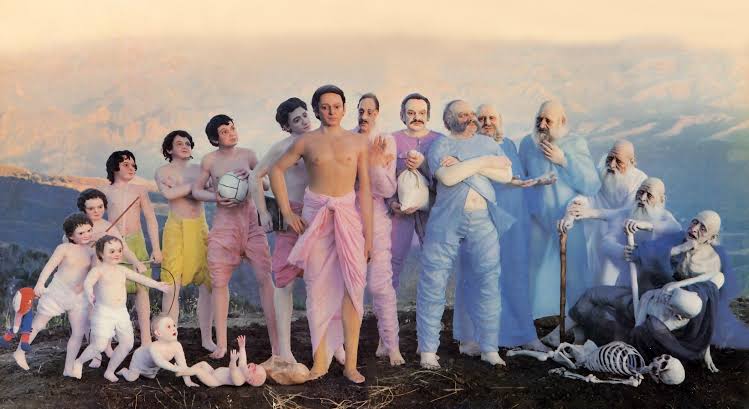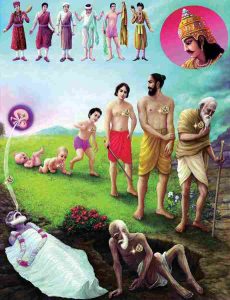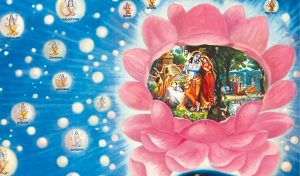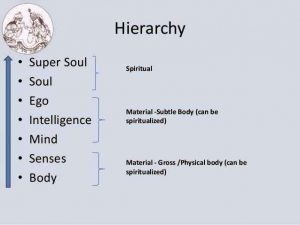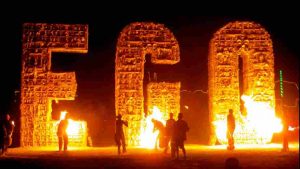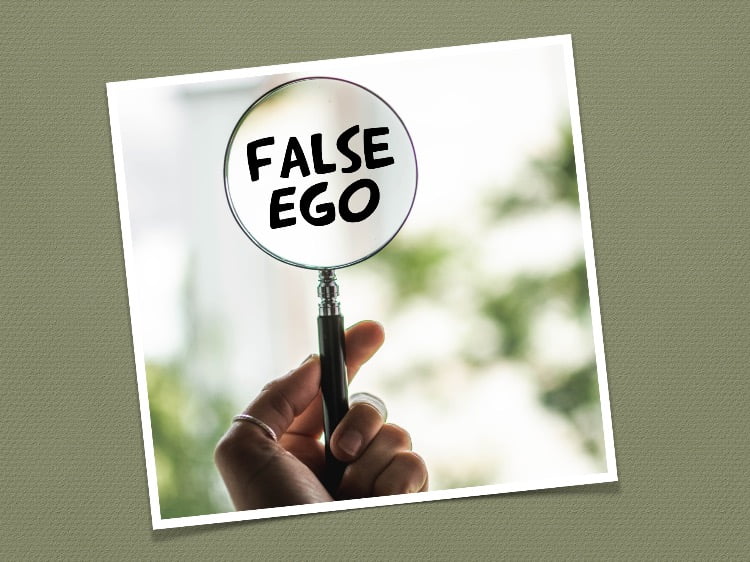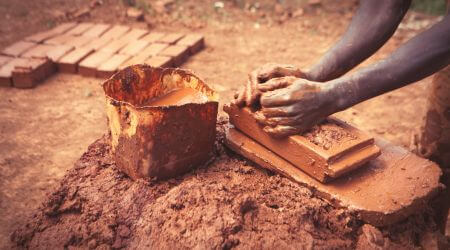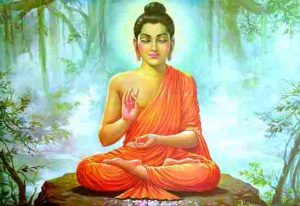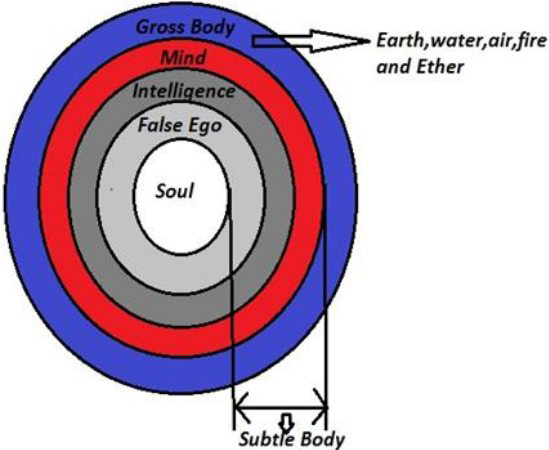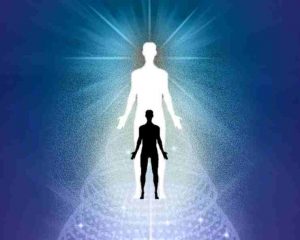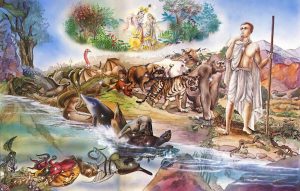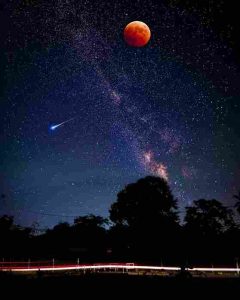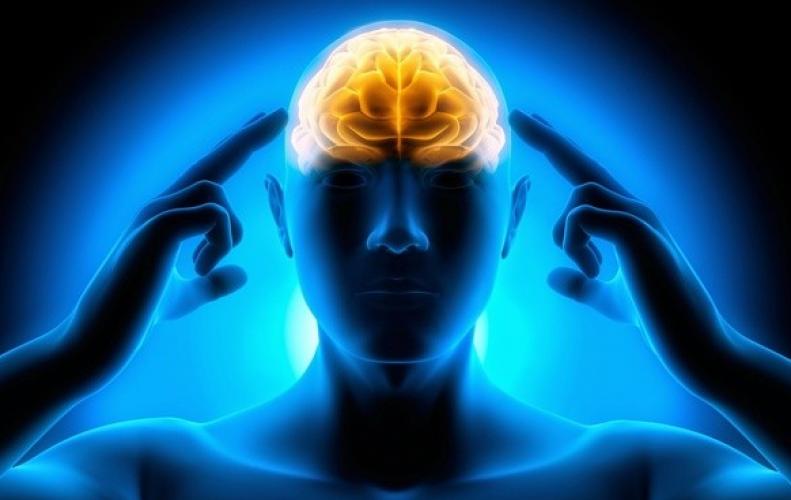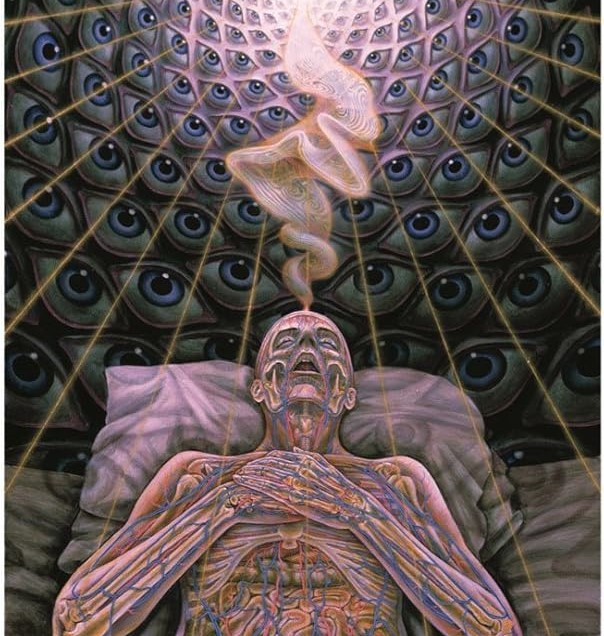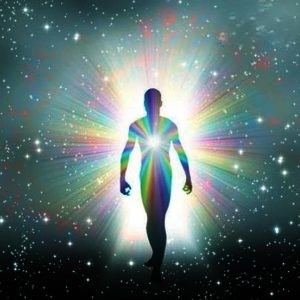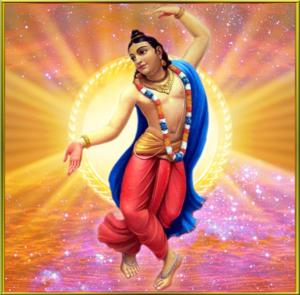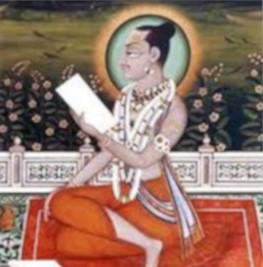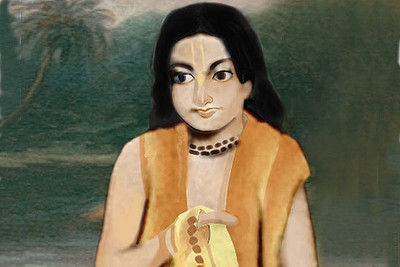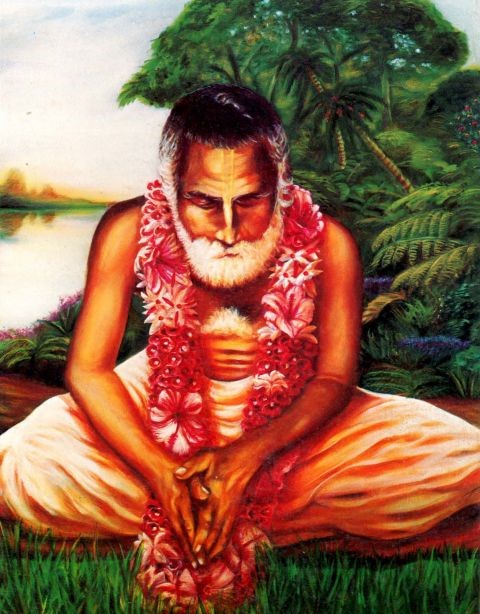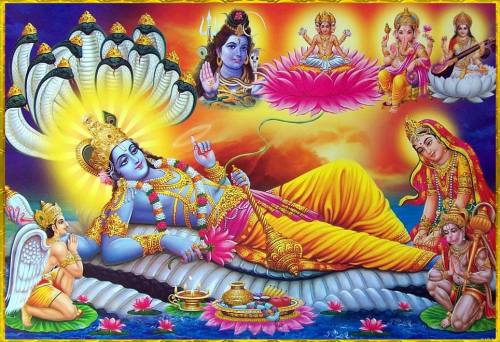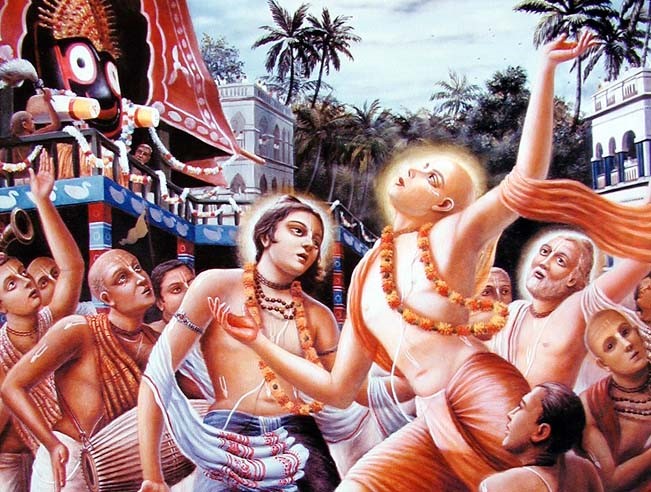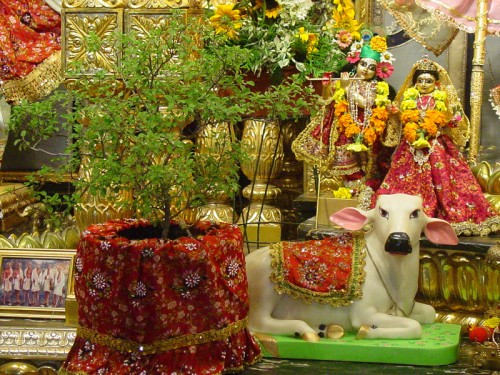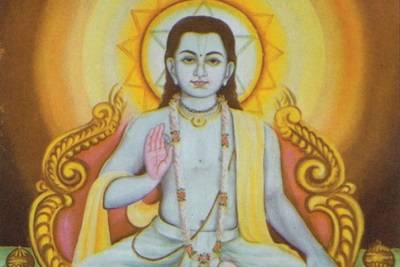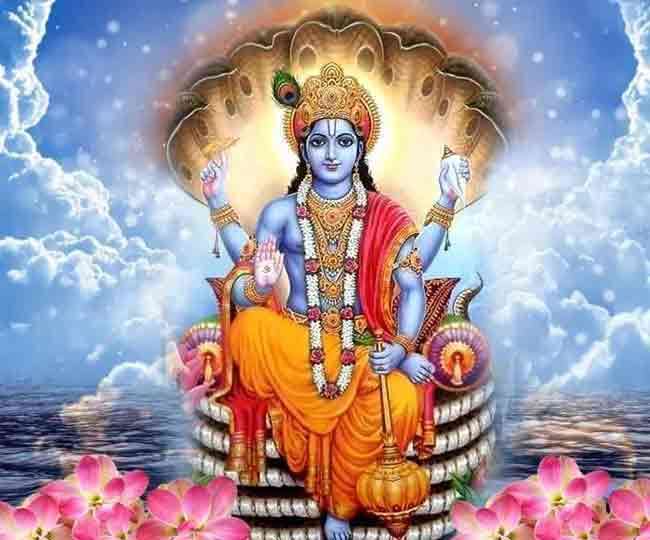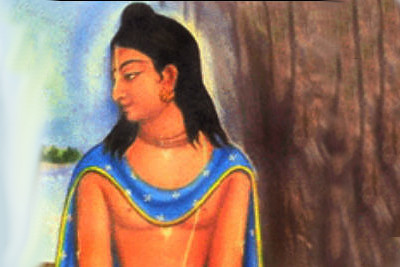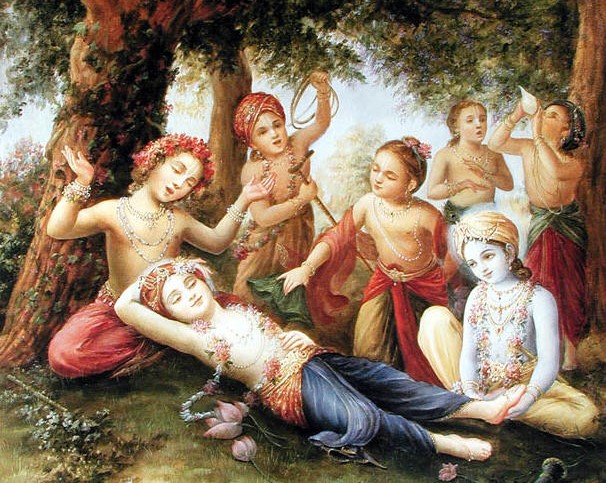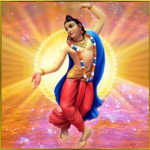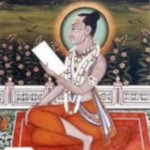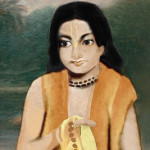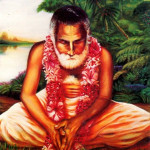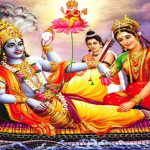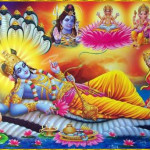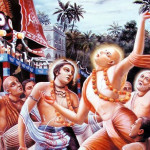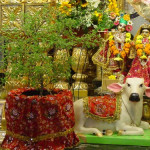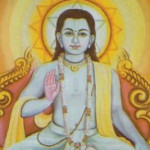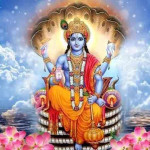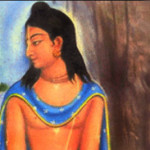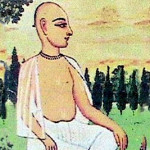We actually do not die.
We actually do not die. At death, we are merely kept inert for some time, just as during sleep. At night we sleep, and all our activities stop, but as soon as we arise, our memory immediately returns, and we think, “Oh, where am I? What do I have to do?” This is called suptotthita-nyāya. Suppose we die. “Die” means that we become inert for some time and then again begin our activities. This takes place life after life, according to our karma, or activities, and svabhāva, or nature by association. Now, in the human life, if we prepare ourselves by beginning the activity of our spiritual life, we return to our real life and attain perfection. Otherwise, according to karma, svabhāva, prakṛti and so on, our varieties of life and activity continue, and so also do our birth and death. As explained by Bhaktivinoda Ṭhākura, māyāra vaśe, yāccha bhese’, khāccha hābuḍubu bhāi: “My dear brothers, why are you being washed away by the waves of māyā?” One should come to the spiritual platform, and then one’s activities will be permanent. Kṛta-puṇya-puñjāḥ: this stage is attained after one accumulates the results of pious activities for many, many lives. Janma-koṭi-sukṛtair na labhyate (Cc. Madhya 8.70). The Kṛṣṇa consciousness movement wants to stop koṭi-janma, repeated birth and death. In one birth, one should rectify everything and come to permanent life. This is Kṛṣṇa consciousness.
Source:A.C. Bhaktivedanta Swami Prabhupada (2014 edition), “Srimad Bhagavatam”, Tenth Canto, Chapter 13 – Text 58


